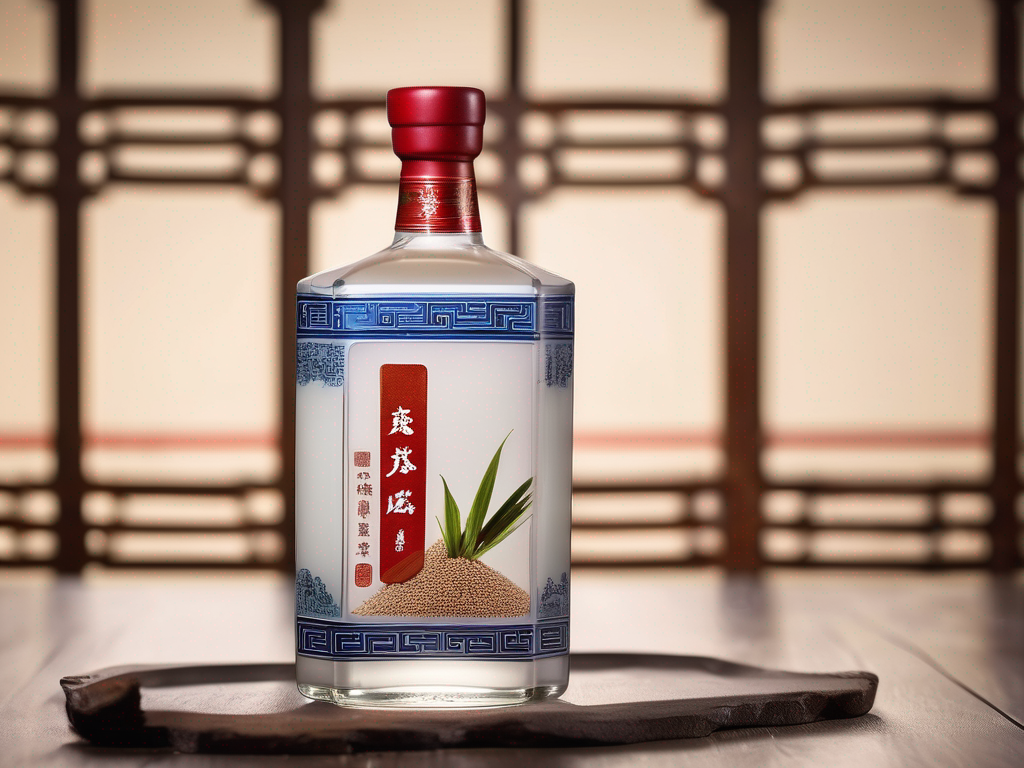
Preserving the Flavor of Baijiu Chinese Sorghum Liquor in Storage
Get Your Free Food Safety Cheat Sheet
30 most common foods with instant answers. Print it and stick it on your fridge—completely free!
Preserving the Flavor of Baijiu Chinese Sorghum Liquor in Storage
Baijiu Chinese Sorghum Liquor is a popular traditional Chinese spirit known for its unique flavor profile and cultural significance. To fully appreciate the rich taste and aroma of Baijiu, proper storage techniques are crucial. In this blog post, we will explore some quick tips for preserving the flavor of Baijiu Chinese Sorghum Liquor in storage. (Baijiu chinese sorghum liquor)
Understanding Baijiu Chinese Sorghum Liquor
Before delving into storage tips, it's essential to understand the characteristics of Baijiu Chinese Sorghum Liquor. Baijiu is typically distilled from sorghum, although other grains like rice and wheat can also be used. The fermentation process of Baijiu involves using a special type of starter culture called "qu" that imparts unique flavors to the spirit.
Baijiu is categorized into different aroma profiles, including light aroma, strong aroma, sauce aroma, and rice aroma, each offering distinct taste experiences. The flavor of Baijiu can evolve over time, making proper storage essential to maintain its quality.
Storage Tips for Baijiu Chinese Sorghum Liquor
1. Store in a Cool and Dark Place
- Avoid Direct Sunlight: Exposure to sunlight can accelerate the oxidation process of Baijiu, leading to flavor degradation. Store Baijiu bottles away from windows or any sources of direct light.
- Maintain Consistent Temperature: Fluctuations in temperature can impact the quality of Baijiu. Store Baijiu in a cool and stable environment to preserve its flavor profile.
2. Seal the Bottles Properly
- Tight Seal: Ensure that the bottle caps are tightly sealed to prevent air from entering and affecting the liquor. A loose seal can lead to evaporation and altered flavors.
- Use Sealable Caps: If the original cap is damaged, consider using sealable caps or stoppers to maintain the freshness of Baijiu.
3. Avoid Strong Odors
- Odor Absorption: Baijiu has a delicate flavor profile that can easily absorb strong odors from the surrounding environment. Store Baijiu away from pungent substances like spices, cleaning agents, or perfumes.
- Separate Storage: If storing Baijiu in a cabinet or pantry, keep it separate from other strong-smelling items to prevent flavor contamination.
4. Monitor Humidity Levels
- Optimal Humidity: Baijiu is sensitive to humidity levels, which can impact its aroma and taste. Aim for moderate humidity levels in the storage area to prevent cork damage and flavor alteration.
- Use Hygrometer: Consider using a hygrometer to monitor humidity levels and make necessary adjustments to maintain the ideal storage conditions for Baijiu.
5. Store Vertically
- Prevent Leaks: Storing Baijiu bottles upright can help prevent potential leaks that may occur when bottles are placed horizontally.
- Minimize Cork Contact: Keeping the liquor in an upright position reduces the contact area between the cork and the liquid, preserving the integrity of the cork and preventing contamination.
Conclusion
Preserving the flavor of Baijiu Chinese Sorghum Liquor requires attention to detail and proper storage practices. By storing Baijiu in a cool, dark, and odor-free environment, sealing the bottles tightly, monitoring humidity levels, and storing the bottles upright, you can ensure that the unique flavors of Baijiu are maintained for an enjoyable drinking experience.
Remember to check baijiu Chinese sorghum liquor regularly for any signs of spoilage or flavor changes. Following these quick tips will help you savor the full complexity of Baijiu and appreciate its cultural significance with every sip. Cheers to preserving the essence of Baijiu! (Baijiu chinese sorghum liquor)
Related Posts
Here are some other articles you might find helpful:
Authoritative Food Safety References
These agencies and university labs inform every tip and health precaution we publish.
USDA FoodKeeper – Cold Storage Guidelines
Official refrigerator, freezer, and pantry timelines maintained by the U.S. Department of Agriculture.
Visit USDA FoodKeeperFDA Produce Safety Rule & Grower Guidance
Field-to-fridge handling practices that prevent contamination of fruits, vegetables, and leafy greens.
Visit FDA Produce SafetyCDC Foodborne Illness Prevention Hub
Surveillance-backed guidance on pathogens, symptoms, and steps to reduce foodborne illness risk.
Visit CDC Food SafetyUC Davis Postharvest Technology Center
University research detailing optimal storage atmospheres for produce after harvest.
Visit UC Davis PostharvestPenn State Extension – Home Food Preservation & Safety
Peer-reviewed extension bulletins on safe canning, chilling, and reheating practices.
Visit Penn State ExtensionGet Your Free Food Safety Cheat Sheet
30 most common foods with instant answers. Print it and stick it on your fridge—completely free! Want more? Upgrade to the complete guide with 70+ foods.
Scan your food directly and get instant safety info using our AI-powered camera feature.